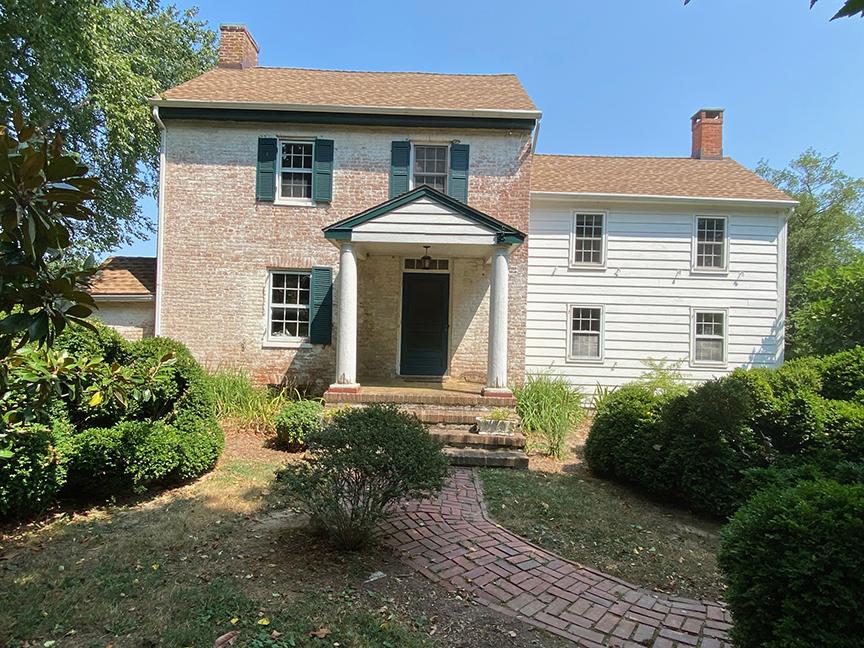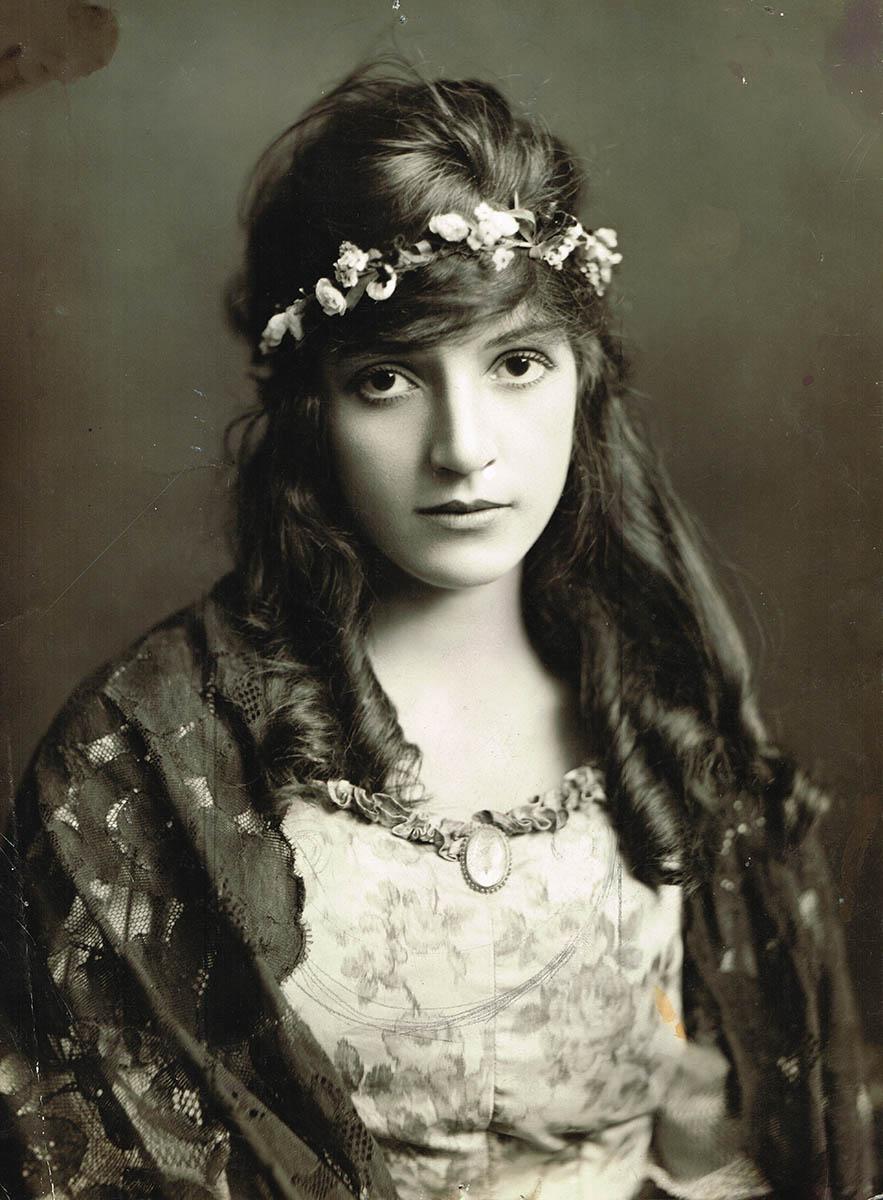A few years ago I stumbled upon a photograph of silent film star Miriam Cooper with an appended biographical blurb mentioning Chestertown. Curious and always interested in how people find their way to this part of the Eastern Shore, I filed it away for a rainy-day project. And one day it rained.
Turns out, Miriam Cooper was a D.W. Griffith actor for a decade between 1914 and 1924 appearing in two-dozen “flickers” including the “hideously insidious” Birth of a Nation in 1915 playing the eye-batting and waifish plantation aristocrat Margaret Cameron. Her better “flicker” moment was in Intolerance, another Griffith film and in-your-face response to Birth of the Nation detractors.
Never intending to be an actor, Cooper trained as a painter at St. Walburga’s School and Cooper Union, at one time posing for Charles Dana Gibson’s first painting in oils. Art school became a fallback during her early years as an actor— she was once fired for asking for higher wages and returned to her artistic studies. The vicissitudes of part-time employment and reluctance to get into the movie business ended when she was spotted as an extra and offered a contract by the D.W. Griffith company.
Aside from her role as Margaret Cameron in Birth of Nation, Cooper’s work as an actor continues to draw interest from film buffs. Archivist and amateur film historian P. Joyce described Cooper’s work in The Mother in Law as an “outlier of a more sophisticated age even if she lacked the other’s raw skill.” To say that she was intense might be an understatement. In her 1973 autobiography, Dark Lady of the Cinema, she wrote “I bit my lip and drew blood. The camera stayed on my face and you can see the blood run down my chin. I didn’t feel the pain so intent was I on what I was doing…”
After leaving both the California and New York movie-making industry and splitting from a dreadful marriage with director Raoul Walsh, Cooper returned to New York’s social life, worked for the Red Cross during WW2, and attended Columbia University to prepare for a writer’s life.
Cooper arrived at her newly purchased writer’s retreat near Still Pond in 1943 and spent a decade there before moving to Charlottesville, Virginia. The structure still stands magnificently as “Salutation Farm,” built by William Rasin circa 1780.
Born in Baltimore, she probably was not unaware of the Eastern Shore and its invitation to a life of pastoral anonymity. Although the exact timeline is unclear, she finished two plays and a book based on some of her movies. All were rejected by FOX, and along with the many lost films from that era, there seems to be no trace of the manuscripts.
According to her autobiography, co-authored with Bonnie Herndon, Cooper moved to Virginia in 1953 where she started a women’s writing club, played bridge, golf, and working for charity.
But her career would eventually be rediscovered.
In 1969 someone from the Library of Congress discovered that the “Dark Lady of the Silents” was still alive—by then she was almost 70—and Cooper became a cause celebre for her first-hand knowledge of the nascent movie industry. She hit the guest lecture circuit speaking at university film schools about Griffith’s film techniques and being interviewed by film historians.
Who wouldn’t want to talk with someone who thought Fatty Arbuckle was guilty, Pola Negri charming, Charlie Chaplin annoying, Theda Bara despicable, and gave Carol Lombard a leg up to stardom?
Her death at 84 in 1973 left Lillian Gish as the sole surviving cast member of Birth of a Nation. Her book, Dark Lady of the Silents, was published that same year.

“Salutation Farm” in Still Pond. Photo with permission by the wonderful Laurette Sisk who gave me a tour of her Maryland Historical. house.
Editor’s Note: I couldn’t have found “Salutation Farm” without the help of Cross Street Realtor Stacey Kendall and her network of friends and family, including Linda Wall and Marianne Hickman. Thank you.





Write a Letter to the Editor on this Article
We encourage readers to offer their point of view on this article by submitting the following form. Editing is sometimes necessary and is done at the discretion of the editorial staff.